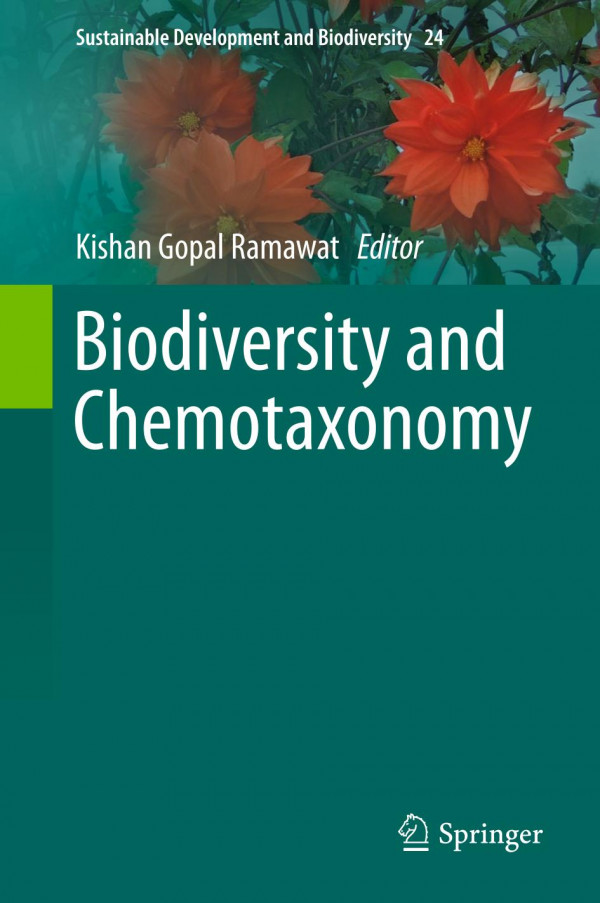

Most ebook files are in PDF format, so you can easily read them using various software such as Foxit Reader or directly on the Google Chrome browser.
Some ebook files are released by publishers in other formats such as .awz, .mobi, .epub, .fb2, etc. You may need to install specific software to read these formats on mobile/PC, such as Calibre.
Please read the tutorial at this link: https://ebookbell.com/faq
We offer FREE conversion to the popular formats you request; however, this may take some time. Therefore, right after payment, please email us, and we will try to provide the service as quickly as possible.
For some exceptional file formats or broken links (if any), please refrain from opening any disputes. Instead, email us first, and we will try to assist within a maximum of 6 hours.
EbookBell Team

4.4
102 reviewsPlant classifications are based on morphological characters and it is difficult, particularly in small plants and grasses, to identify these below generic level on the basis of these characters using a dissecting microscope. Plant species have intra- and inter-specific variation in secondary metabolites which can be utilized as marker compounds for identification and classification of plants. Secondary metabolites are produced as a result of primary metabolism and the production of these compounds not only involves several genes but also it is an energy dependent process. Hence these products cannot be considered as insignificant for the plant and the environment. Modern tools of molecular biology and secondary metabolites present in them can definitively decide about classification of plants. Absence of correct identification of plant is associated to many problems of resource utilization. Due to wide availability of these tools, interest has revived in systematics and correct classification of plants based on these parameters for their sustainable utilization and resource management.
The purpose of this book is to assess the potential of phytochemical and molecular tools in the systematic and classification of plants. The topics covered include species concept, barcoding and phylogenetic analysis, chemotaxonomy use of polyketides, carotenes, cuticular wax, volatile oils, biodiversity of corals, metazoans, Ruta and Echinocereus.
It provides comprehensive and broad subject-based reviews, useful for students, teachers, researchers, and all others interested in the field. The field has been kept wide and general to accommodate the wide-ranging topics. This book will be useful to agriculturists, chemists, botanists, industrialists, and those involved in planning of crop plants.